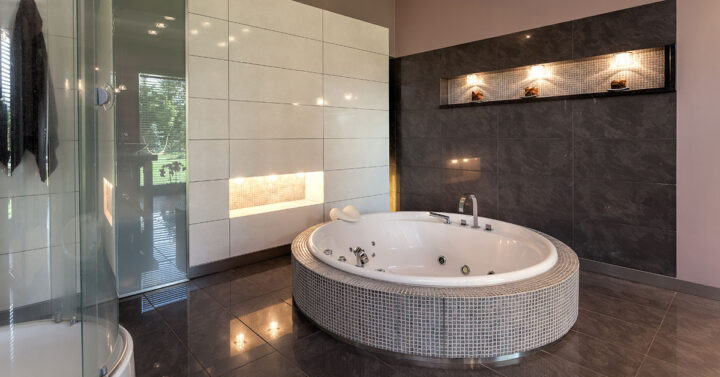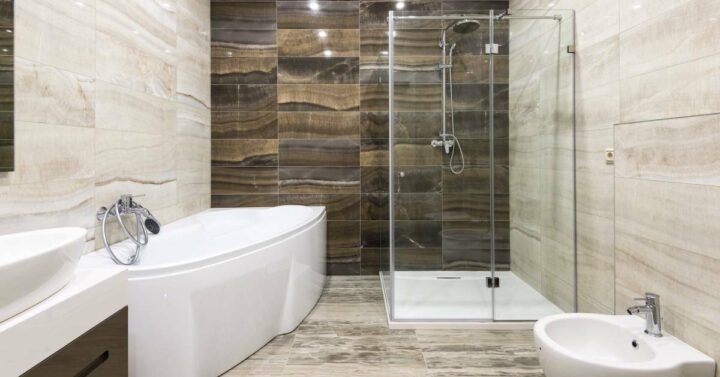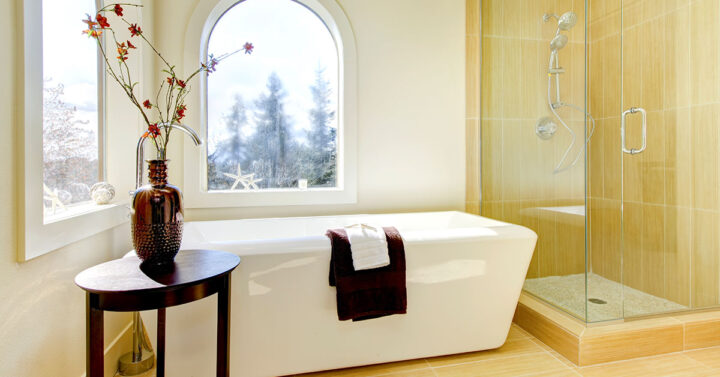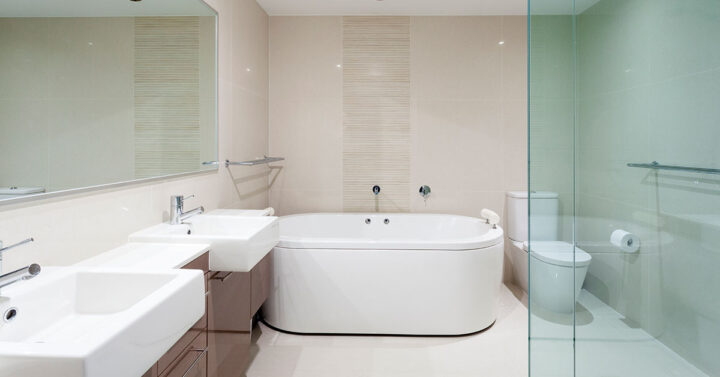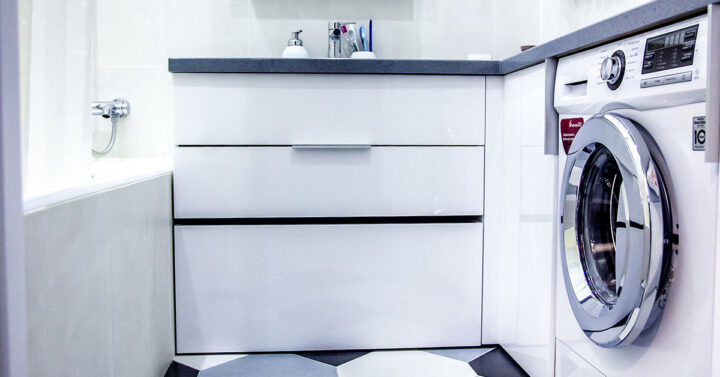Bathroom Flooring
Discover bathroom flooring materials, design ideas, and care tips to create a functional, stylish space.

Your Home Deserves The Best Bathroom Flooring

Bathroom flooring is the foundation of your design and functionality. It’s the element that ties everything together, offering both style and practicality.
Choosing the right flooring can transform your bathroom from a basic space to a comfortable and stylish retreat.
With countless options available, it’s important to consider factors like durability, water resistance, and aesthetics.
The Role of Flooring in Bathroom Design
Flooring in a bathroom is more than just a surface to walk on. It defines the room’s ambience and directly impacts its usability.
A luxurious tile floor can make a bold statement, while a soft, natural finish adds warmth. Flooring also plays a practical role in safety, especially in a moisture-prone environment.
The right choice can protect against slips and water damage while enhancing the overall design.
From modern minimalism to classic elegance, the flooring sets the stage for the rest of your bathroom’s features. It’s where functionality meets creativity.
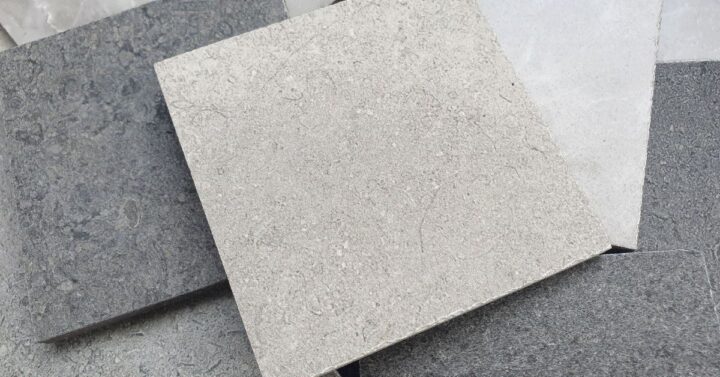
Types of Bathroom Flooring Materials
The variety of flooring materials available today means you can find something that suits your needs and style. Here’s a closer look at popular options:
Ceramic and Porcelain Tiles
Ceramic and porcelain tiles are go-to choices for bathrooms. They are durable, water-resistant, and come in countless designs, from sleek and modern to rustic and traditional.
Porcelain, in particular, offers superior density, making it even more resistant to moisture and wear. With options like wood-look tiles and intricate mosaics, this material combines practicality with style.
Natural Stone: Marble, Granite, and Slate
Natural stone floors bring an unparalleled sense of luxury to any bathroom.
Marble exudes elegance with its veined patterns, granite offers toughness with a polished finish, and slate provides a textured, earthy feel.
While stunning, these materials often require sealing to maintain their appearance and prevent water absorption. Their timeless beauty makes them a favourite for high-end designs.

Vinyl Flooring: Budget-Friendly and Durable
Vinyl flooring is a versatile and cost-effective option. It’s available in sheets, tiles, or planks, with designs that mimic more expensive materials like wood and stone.
Vinyl is waterproof, easy to clean, and soft underfoot, making it a practical choice for families. Advances in technology have made vinyl an increasingly stylish option for modern bathrooms.
Eco-Friendly Options: Cork and Bamboo
For those prioritising sustainability, cork and bamboo are excellent choices. Cork is naturally resistant to mould and mildew, while bamboo offers durability and a clean, natural aesthetic.
Both materials are renewable resources, making them environmentally friendly. However, proper sealing is essential to protect them from water damage in wet areas.
Pros and Cons of Each Flooring Type
Each flooring material has its strengths and weaknesses. Ceramic and porcelain are durable but can feel cold underfoot. Natural stone is luxurious but requires maintenance.
Vinyl is affordable and practical, but may lack the authenticity of real wood or stone. Eco-friendly options like cork and bamboo are sustainable but need careful installation and upkeep.
Understanding these factors will help you choose the best option for your bathroom.
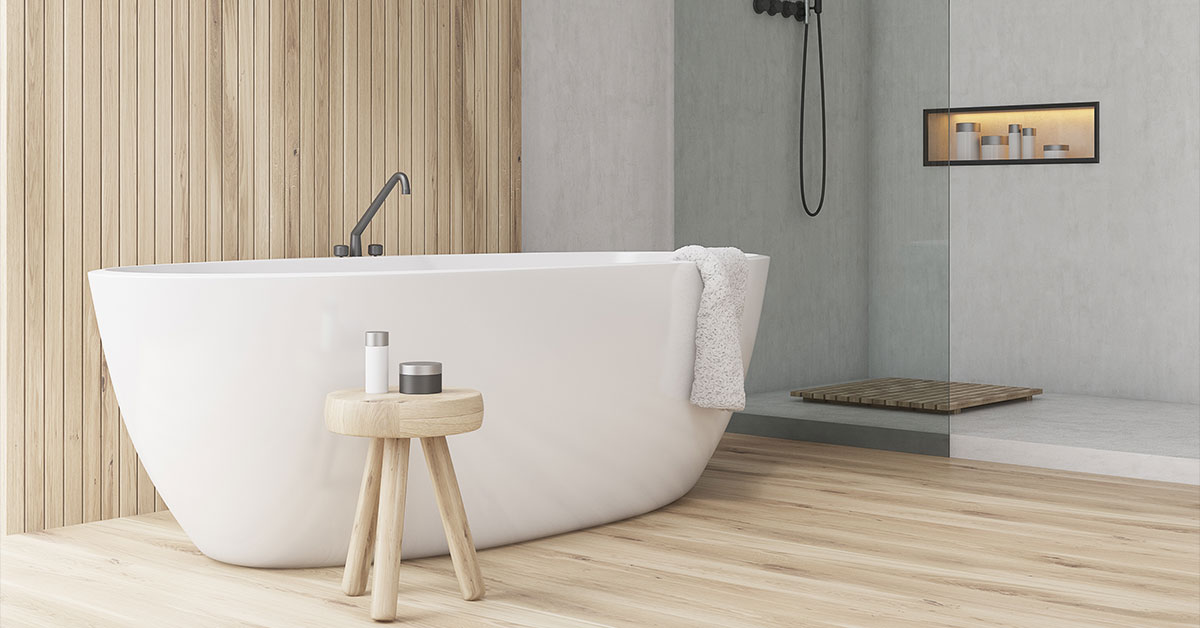
Design Tips for Bathroom Flooring
Choosing bathroom flooring isn’t just about material – it’s also about style. Here are some tips to make your floor a design feature:
Patterns, Textures, and Colors
Patterns can add personality to your bathroom. Chevron or herringbone layouts create visual interest, while geometric tiles bring a modern edge.
Textured surfaces like stone or wood-look tiles add depth and character. When it comes to colours, light tones can make a small bathroom feel more spacious, while darker shades add drama and sophistication.
Don’t be afraid to experiment with bold designs for a unique touch.
Waterproofing and Moisture Resistance
Bathrooms are wet environments, so waterproofing your floor is essential. Materials like porcelain, vinyl, and sealed natural stone are inherently moisture-resistant.
Adding a waterproof membrane underneath the flooring provides extra protection. Proper installation and sealing prevent water from seeping into the subfloor, avoiding costly repairs down the line.
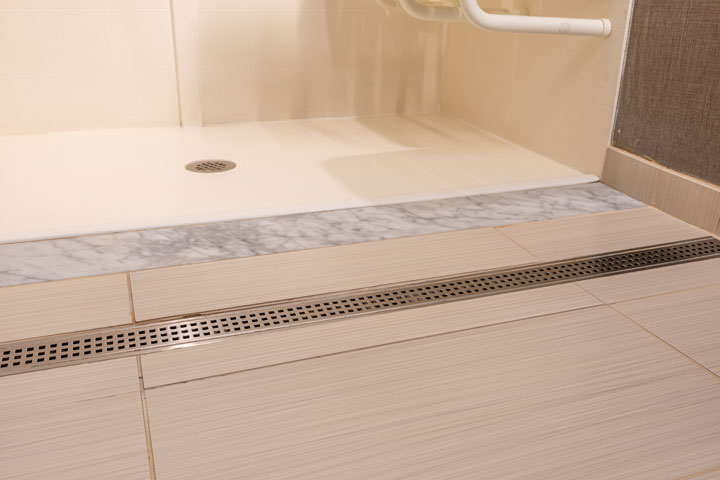
Safety Considerations: Anti-Slip Flooring
Safety is a priority in bathroom flooring, especially for households with children or elderly members. Anti-slip tiles or textured surfaces reduce the risk of slips and falls.
Look for flooring with a high slip-resistance rating, particularly for shower floors. Adding non-slip mats or rugs can provide an additional layer of safety.
Trends in Bathroom Flooring
Bathroom flooring trends are constantly evolving, offering new ways to combine style and function. Here are a couple of exciting trends to consider:
Heated Floors for Extra Comfort
Heated floors are a game-changer, especially during colder months. Electric or hydronic systems installed beneath the flooring provide consistent warmth, making stepping out of the shower a cozy experience.
This feature is particularly popular with tiles, as they tend to feel cooler underfoot. Heated floors not only add comfort but also increase your bathroom’s overall value.

Maintenance and Care Tips
Proper maintenance keeps your bathroom flooring looking and performing its best. Clean tiles and stone floors with non-abrasive cleaners to prevent damage to the finish.
Reseal natural stone periodically to maintain its resistance to water and stains. For vinyl, regular sweeping and mopping keep the surface fresh.
Small efforts in maintenance will keep your bathroom flooring beautiful and durable for years to come.


